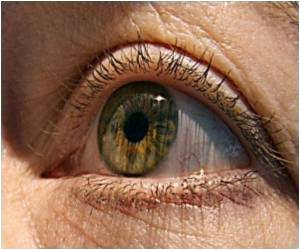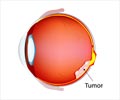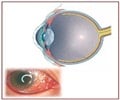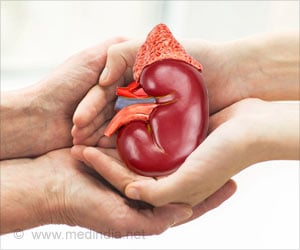A temperature less than 30 degrees Celsius on the eye and eyelid could be the cause for the onset or worsening of the dry eye condition, a new study has said.

"In outdoor conditions, the wind accelerates the drop in temperature of the ocular surface and the eyelids, thus the effect is even more pronounced," said Igor A. Butovich, assistant professor at the University of Texas Southwestern Medical Center.
"This mechanism seems to be one of the major factors that cause dry eye to worsen in cold, windy weather such that it can affect even healthy people," he added.
Based on previous experience, the researchers expected to see measurable effects of temperature on meibum.
However, they were surprised the results of their experiment found that a bulk of meibum abruptly melted in a very narrow range of temperatures, right around an eye surface and eyelid temperature of 32 - 34 degrees Celsius.
If the temperature fell just a few degrees below that, the bulk meibum solidified, which could then result in plugging up the meibomian gland ducts.
Advertisement
The tear film that forms on the eye will not have the right characteristics, which might cause it to evaporate more quickly and decrease its protective capabilities.
Advertisement
"Our experiments provided strong evidence that even a small drop in the ocular surface and eyelid temperatures is critical," he said.
The study is published in Investigative Ophthalmology and Visual Science.
Source-ANI















